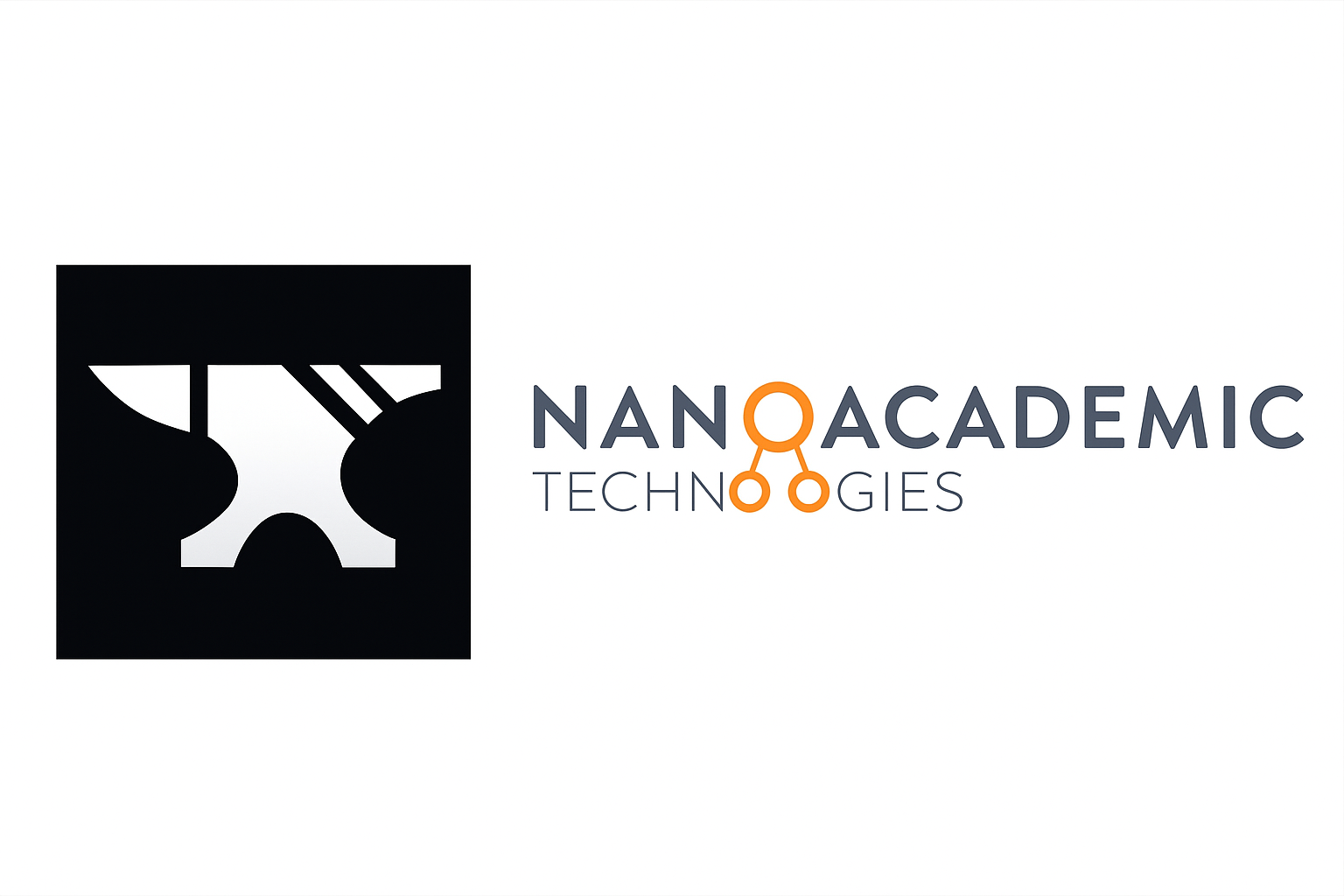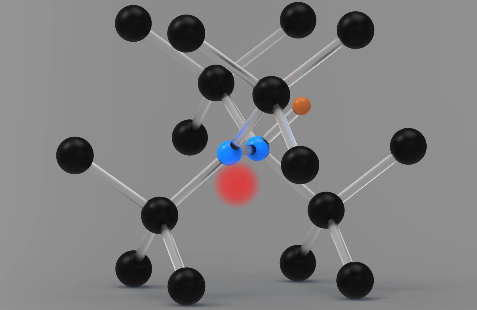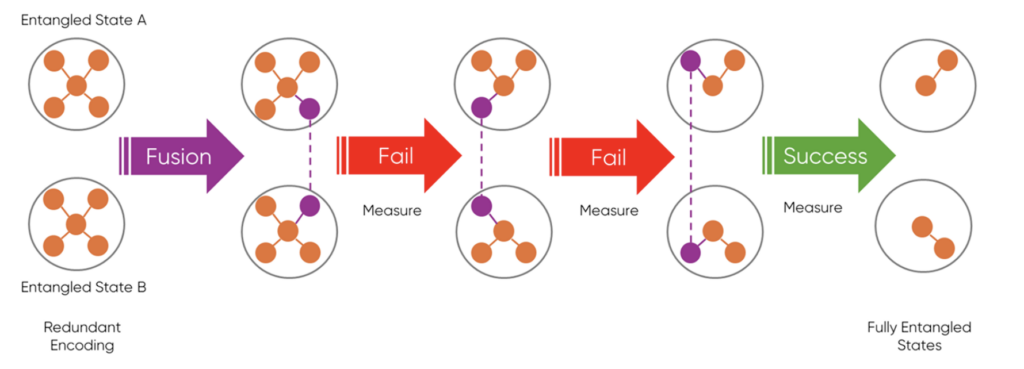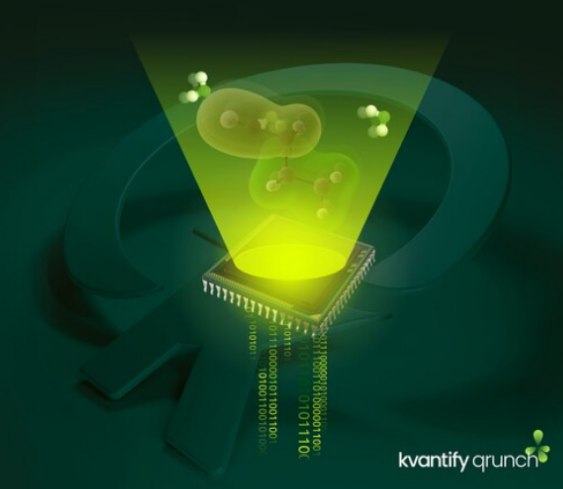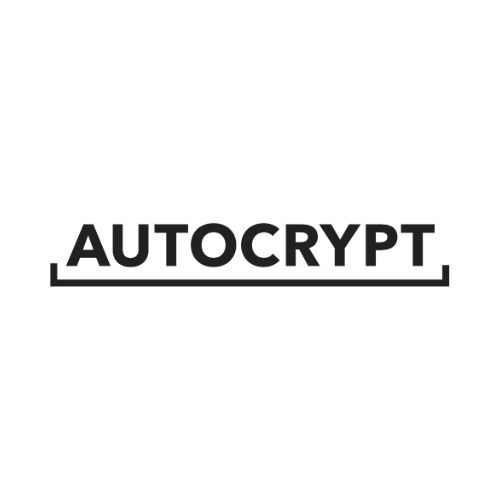Insider Brief
- Nanoacademic Technologies and Kothar Computing have partnered to build the world’s first Quantum Electronic Design Automation (EDA) software suite for modeling and designing quantum chips.
- The collaboration combines Nanoacademic’s TCAD modeling tools with Kothar’s many-body solvers to simulate semiconductor spin and superconducting qubits at high speed and resolution.
- The joint platform aims to industrialize quantum hardware design, reducing fabrication risks and laying the groundwork for scalable, foundry-ready quantum processors.
PRESS RELEASE — Nanoacademic Technologies, a renowned provider of digital simulation & modeling tools for quantum technologies, and Kothar Computing, a next generation scientific computing toolmaker that transforms how problems are modeled, solved, and documented, today announced a landmark partnership. Together, they are building the world’s first Quantum Electronic Design Automation (EDA) software suite: a simulation and design framework that allows researchers and engineers to model, optimize, and scale semiconductor spin qubit and superconducting qubit based quantum chips. The collaboration marks the dawn of the Quantum EDA era, setting the stage for the same kind of revolution that transformed the semiconductor industry. The partnership unites Nanoacademic’s industry-leading TCAD (Technology Computer-Aided Design) software for device-level modeling with Kothar’s many-body solvers and numerical frameworks capable of simulating complex quantum systems at high resolution with worldclass speed and system complexity. Nanoacademic’s QTCAD® provides high resolution physical models of the semiconductor spin or superconducting qubits, while Kothar solves these models at speeds enabling an interactive experience while designing quantum processors.
This enables chipmakers to design, test, and validate quantum devices virtually, dramatically reducing the cost and risk of fabrication. “The modern semiconductor industry would not exist without EDA,” said Félix Beaudoin, CEO of Nanoacademic Technologies. “Quantum computers will need chips with thousands, if not millions of qubits, yet EDA solutions that can model quantum devices at the needed scale to achieve this do not exist today. By joining forces with Kothar, we’re developing scalable quantum EDA solutions that combine Nanoacademic’s domain expertise in physics-based modeling with Kothar’s powerful quantum many-body solvers. Together, we’re building the foundation for the next generation of quantum hardware.”
This collaboration mirrors the pivotal moment in classical computing when TCAD and EDA tools unlocked the ability to scale transistors from thousands to billions. Spin qubits, with their low error rates, small footprint, and compatibility with standard semiconductor foundries, are among the most promising paths toward practical quantum computers. By delivering a unified toolchain that spans both semiconductor spin and superconducting qubits, Nanoacademic and Kothar are creating the missing infrastructure that allows the quantum industry to transition from handcrafted lab devices to industrial-scale chip design.

“A core bottleneck in quantum hardware design is the simulation of highly correlated quantum materials,” said Jonathon Riddell, CEO of Kothar Computing. “This is a classic chicken and egg problem: the quantum community wants to build quantum computers to simulate hard quantum problems, but are struggling to build these devices because existing tools are unable to simulate hard quantum problems. This same bottleneck has hampered progress across physics, chemistry and materials science. Kothar’s Quantum Symbolic Algebra Engine breaks through this wall by integrating directly with Nanoacademic’s TCAD layer, enabling the simulation of quantum systems orders of magnitude faster, and also enabling the simulation of larger, more complex systems. We’re giving researchers the ability to rapidly model the atomic-level behavior of individual qubits and the compact model of a quantum processor.”
“With QTCAD®, our researchers at the Niels Bohr Institute can simulate and refine qubit designs before fabrication, accelerating discovery and reducing costly trial-and-error in the lab,” said Assistant Professor and Group Leader at the Niels Bohr Institute Dr. Mark Kamper Svendsen, “Such quantitatively accurate predictions will be a key asset to turn theoretical ideas into practical quantum chip designs toward scalable quantum computation.” Niels Bohr Institute Assistant Professor Vincent Philippe Michal added, “We’re excited to hear how this partnership is pushing towards quantum EDA as it is the next critical step needed to scale the technology.”
The partnership signals a critical inflection point for quantum design by transforming what was once a physics problem into an engineering discipline. Together, Nanoacademic and Kothar are laying the groundwork for fault-tolerant, foundry-ready quantum chips. Soon, quantum computer architects will be able to integrate QSA with QTCAD® and leverage an integrated workflow by purchasing both licenses separately. Developers, researchers, and hardware teams can learn more at www.kotharcomputing.com/signup and www.nanoacademic.com/

